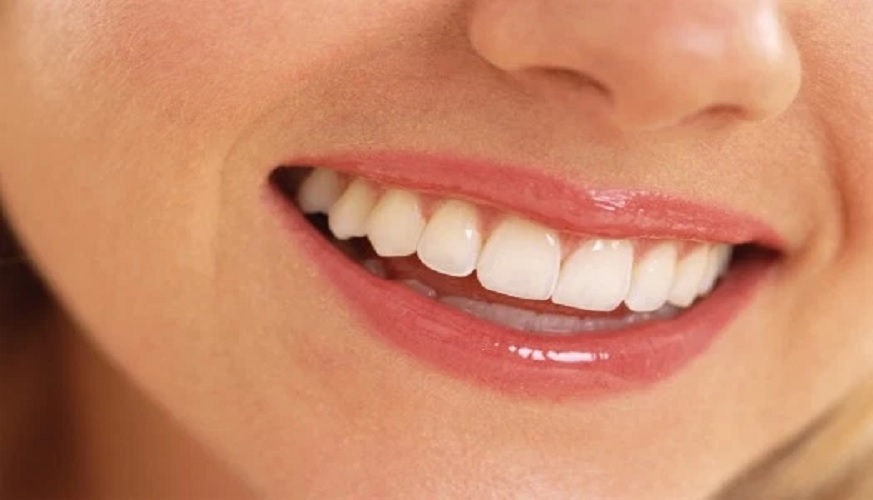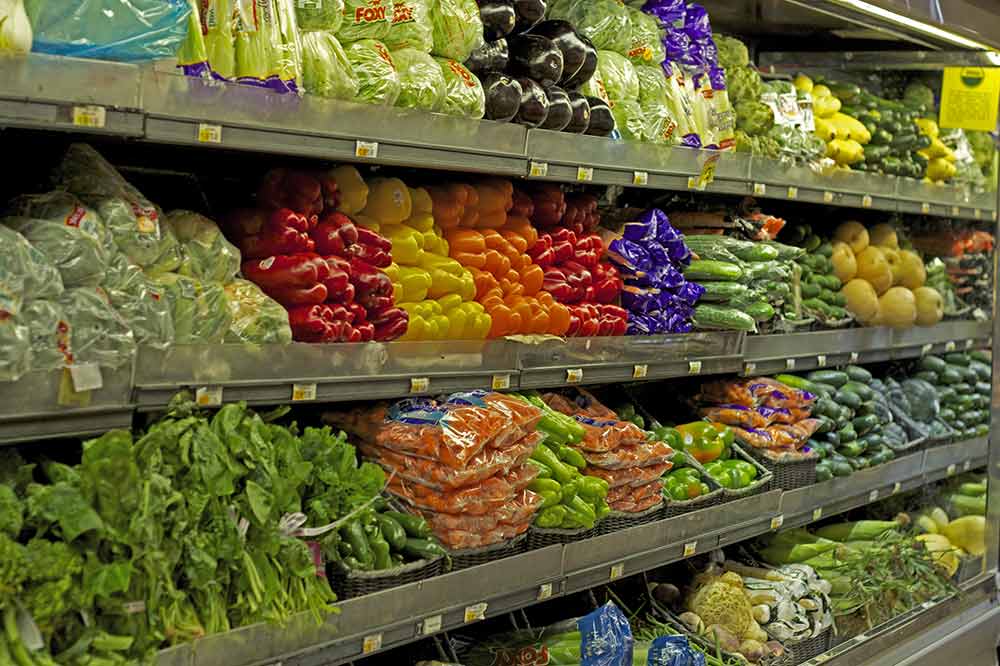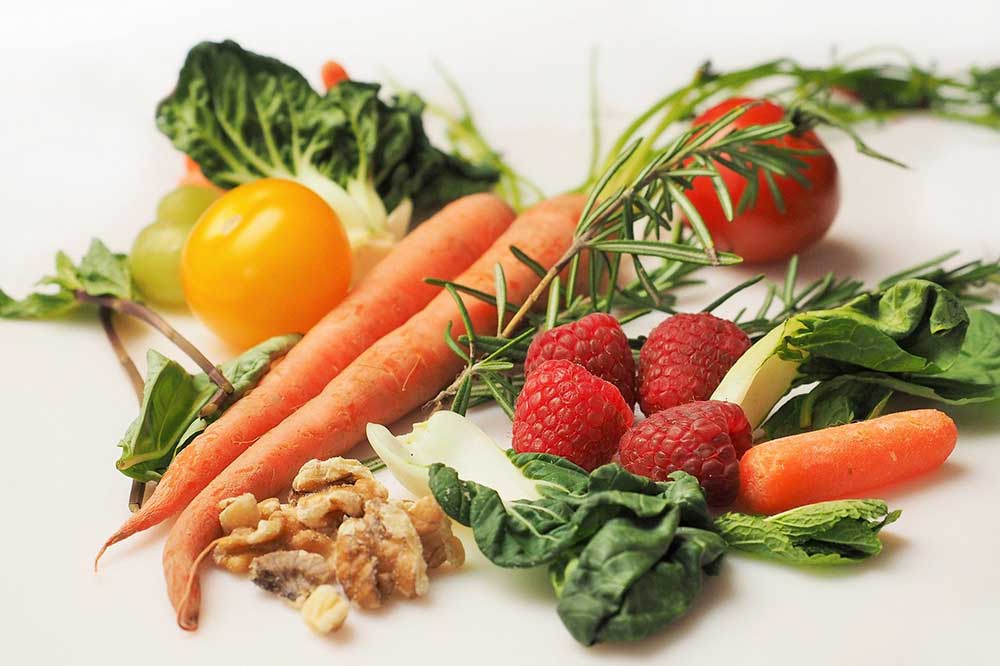Whilst your dentist will readily fix any dental issues which you may have such as filling cavities in your teeth, we’re sure, if you were to ask them, they would much rather that their patients looked after their teeth and gums in the correct way. There is lots of advice that your dentist may give you about oral hygiene, with brushing and flossing being two examples, however, they will also tell you that what you eat, and drink, has a massive influence on your dental health.
With that thought in mind, here are 4 of the essential nutrients your dentist will advise you that you need to have sufficient levels of, in the foods and drinks that you include in your diet.
Calcium
Calcium is essential for our teeth and bones to grow, and more importantly for them to grow strong and healthy. It is no surprise that those who have a calcium deficiency in their diet often have rotting teeth and weak bones. A diet that has plenty of calcium is especially important for children, whose teeth are in their formative stages.
A great source of calcium is dairy products, although we must stress that, whether it is for children or adults, you should try to use as many low-fat dairy products as possible to avoid excessive weight gain. Examples include low-fat yogurt, cheeses, and milk. Some vegetables, especially those classed as leafy greens, are also rich in calcium. Examples of these include broccoli, spinach, turnip greens and kale.





